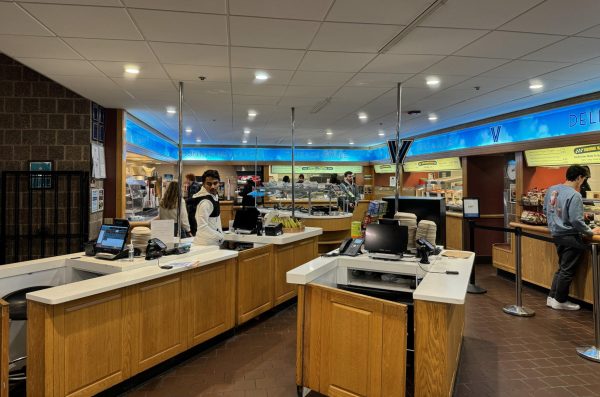Breakout programs cast men, women in a different light
August 28, 2003
When families began gathering around the television in the 1950s, they knew what to expect: heroes, laugh tracks, happy endings, and, above all, wholesomeness.
Dozens of years and channels later, television offers something for every viewer – and something for every viewer to blame. Scores of social blemishes, from violence to sexism, have been attributed to the networks that have been showing us men with guns and women in bikinis for as long as we can remember.
But recently, television has decided to do something about its scapegoat status. With the allure of reality shows quickly fading, network executives are exploring a new trend: reversing the same gender stereotypes they have spent the past few decades building.
The writers of HBO’s wildly successful “Sex and the City” pioneered this shake-up five years ago. Already in its last season, the series has been waiting for the rest of cable to catch up.
“Sex and the City” features four thirty-something women who live alone, maintain lucrative careers, and radiate fabulousness. It’s easy to be deceived by the characters’ weakness for $500 sandals, but they are undeniably the strongest, most self-sufficient women on television.
The shock element of “Sex and the City” has nothing to do with its frank approach to sex in actuality. The program’s most revolutionary theme lies in the storylines, not the dialogue. Carrie has an anxiety attack trying on wedding dresses and calls off her engagement. Charlotte “double books” her nights by going on an early date and a late date. Miranda has trouble uncovering her maternal instincts. Samantha refuses to ever confess her feelings to men. Relentlessly social, fiercely independent and chronically panicked at the thought of commitment, the ladies of “Sex and the City” have proved that women can enjoy bachelorhood as thoroughly as men do.
Meanwhile, according to Bravo’s new smash “Queer Eye for the Straight Guy,” the standard television portrayal of men desperately needs a makeover. In each episode, a woman begs a quintet of gay cultural gurus to revamp her hapless boyfriend. The boyfriend is typically characterized as socially awkward and sloppy.
Each member of the “Fab Five,” on the other hand, wields fierce style instincts for food and wine, grooming, interior design, fashion, and smooth behavior.
After a half hour of preening, plucking, and lecturing, the delighted woman sees her dream realized – her clod boyfriend has morphed into a flawless GQ prototype.
The show’s main message? Not only are the men who know their zinfandels fast becoming more desirable than the men who know their baseball statistics, they’re also the only ones who should be let out in public. Furthermore, the essential traits of today’s model man don’t come naturally to heterosexuals – but through exhausting renovations, they can learn. Also, “Queer Eye for the Straight Guy” urges women to forget emulating June Cleaver by learning to love their man’s little foibles; instead, they should call in a team to customize him into a more stylish and convenient partner.
Popular as they may be, both “Sex and the City” and “Queer Eye for the Straight Guy” are still greatly outnumbered by the television programs that feature rugged male heroes and blushing female heroines.
Though the way shows typecast men and women may fluctuate, one thing is certain: television will never revert to its original role of the chaste entertainer. As long as new ideas continue to emerge, television will continue to test them out on the screen, often in their most extreme forms. But when it comes to discerning real reflections of society from entertaining fluff, the days of black and white television are long gone.










